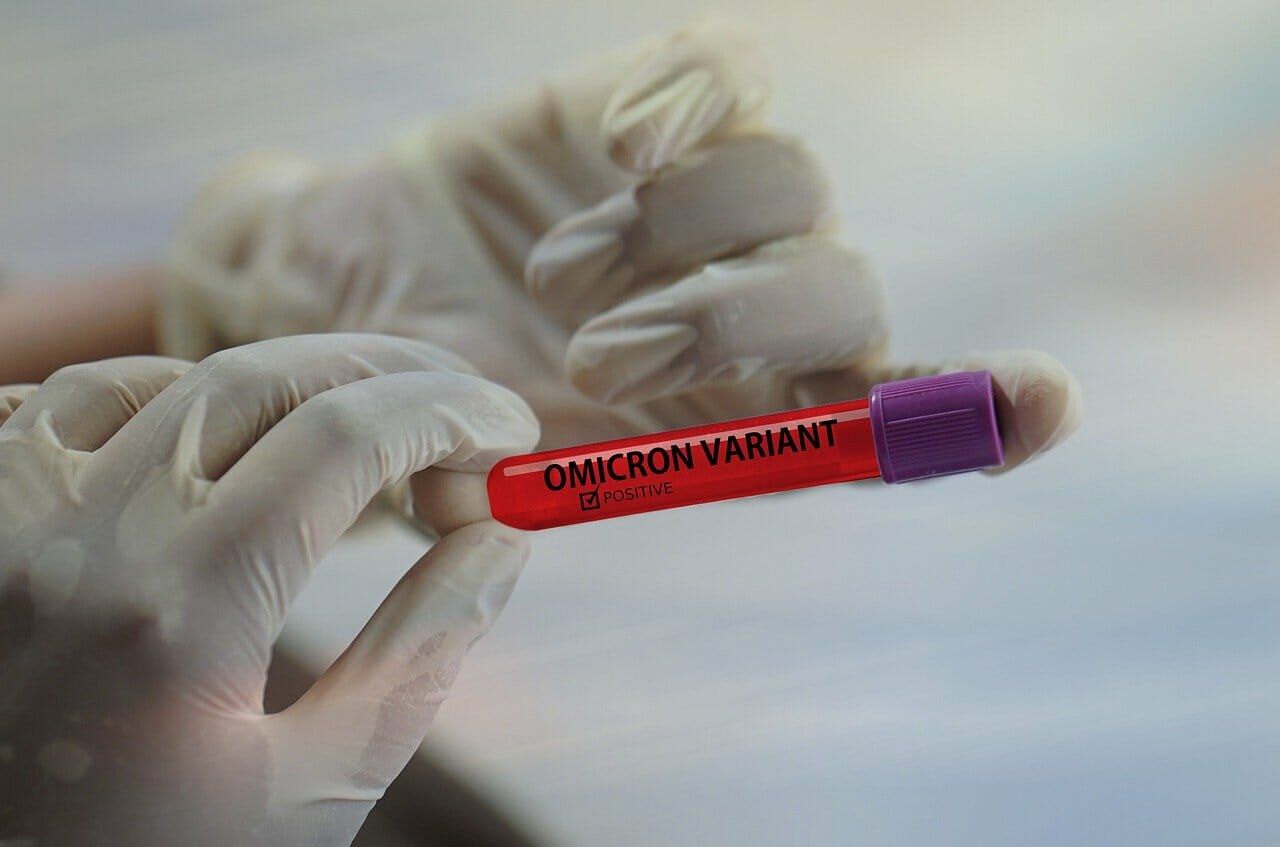What do we know about the new omicron mutant?
It’s a descendent of the earlier super-contagious “stealth omicron” and has quickly gained ground in the United States.
READ ALSO: Ranking Arizona: Top 10 hospitals for 2022
BA.2.12.1 was responsible for 29% of new COVID-19 infections nationally last week, according to data reported Tuesday by the U.S. Centers for Disease Control and Prevention. And it caused 58% of reported infections in the New York region.
The variant has been detected in at least 13 other countries, but the U.S. has the highest levels of the omicron mutant so far. Scientists say it spreads even faster than stealth omicron.
Cases are rising in places with increasing levels of the BA.2.12.1 variant, such as central New York, suggesting something about it is causing it to out-compete others, says Eli Rosenberg of New York state’s health department.
It appears a similar pattern will likely play out nationally, says Kirsten St. George, director of virology at New York state’s Wadsworth Center Laboratory.
Scientists are trying to figure out other aspects of BA.2.12.1, including whether vaccines are as effective against it as previous variants.
The best ways to prevent the spread of COVID-19:
• Wash your hands often with soap and water for at least 20 seconds. If soap and water are not available, use an alcohol-based hand sanitizer.
• Wear a mask when you are in close proximity to other people.
• Avoid touching your eyes, nose, and mouth with unwashed hands.
• Avoid close contact with people who are sick.
• Stay home when you are sick.
• Cover your cough or sneeze with a tissue, then immediately throw the tissue in the trash.
• Clean and disinfect frequently touched objects and surfaces.
COVID-19 spreads through the air when an infected person coughs or sneezes. Symptoms are thought to appear within two to 14 days after exposure and consist of fever, cough, runny nose, and difficulty breathing. For people with mild illness, individuals are asked to stay home, drink plenty of fluids, and get rest. For people with more severe symptoms, such as shortness of breath, individuals are advised to seek healthcare.
ADHS activated its Health Emergency Operations Center on January 27th after the first case of travel-associated COVID-19 was confirmed in Arizona. The Health Emergency Operations Center remains open to coordinate the State’s response to the COVID-19 outbreak. For more information about the COVID-19 response in Arizona, go online to azhealth.gov/COVID19.




